
Struggling? Here’s How to Close Jewelry Clasp Quickly
Struggling with how to close jewelry clasp without frustration? Start by laying the piece on a stable surface, then hold the jump ring or loop steady with your dominant hand. Use your thumb and index finger to guide the clasp into place, applying gentle, steady pressure. For added grip, try rubber-tipped tweezers or wrap a soft cloth around pliers. A simple tape trick can help secure delicate pieces while you fasten them. Opt for easy-to-use styles like magnetic clasps for added convenience. For pieces that are both stylish and practical, explore our waterproof jewelry collection—perfect for everyday wear. More expert tips await below.
Mastering the One-Handed Clasp Trick
Although many clasps can seem fiddly at first, mastering the one-handed clasp trick streamlines the process and saves time. Begin by laying the jewelry flat against your wrist, ensuring the clasp design is facing upward for ideal visibility.
Using your dominant hand, pinch the jump ring or loop with your thumb and index finger, securing the jewelry materials in place. With your available fingers, guide the clasp—whether it’s a lobster, spring ring, or toggle—toward the loop.
Apply gentle pressure to open the clasp mechanism, slide it onto the ring, and release to engage the closure. Practice adjusting your grip based on the clasp design and weight of the jewelry materials.
With repetition, you’ll achieve a secure and quick closure using just one hand.
Using Household Tools for Extra Grip
When a clasp proves too slippery or stubborn to handle with your fingers alone, simple household tools can provide the extra grip you need for a secure closure. Use small, rubber-tipped tweezers or needle-nose pliers as alternative tools to grasp the clasp firmly.
Always check the tool’s surfaces for rough edges that could scratch your jewelry. For additional grip, wrap a thin layer of soft cloth around the tool’s tips. Apply gentle, controlled pressure to avoid deforming delicate metal components.
Prioritize safety precautions: work on a stable, well-lit surface and keep your other hand clear of the tool’s moving parts. If you’re using metal tools, avoid overtightening to prevent accidental damage.
Clean your tools before use to eliminate residue that may transfer onto your jewelry.
The Tape Hack: A Simple Solution
If you need a hands-free method to secure a tricky jewelry clasp, the tape hack offers a straightforward solution.
Begin by placing your jewelry on a flat, stable surface typically used for jewelry storage. Tear a small piece of low-adhesive tape—washi or painter’s tape is ideal to prevent residue buildup.
Affix one end of your necklace or bracelet to your wrist or directly to the storage surface. This immobilizes the piece, allowing you to maneuver the clasp with precision using your free hand.
This technique minimizes the risk of dropping your jewelry, which helps maintain the integrity of the clasp and prevents accidental bending or misalignment.
After fastening, gently remove the tape to avoid stressing the clasp mechanism. Consistent use supports effective clasp maintenance and prolongs your jewelry’s lifespan.
Choosing the Right Clasp for Easy Closure
Since the clasp style considerably impacts how easily you can fasten your jewelry, selecting the appropriate mechanism is essential for efficient closure. Start by considering clasp types—lobster, magnetic, spring ring, toggle, and box clasps each offer varying levels of ease and security.
Magnetic clasps, for instance, allow for effortless, one-handed operation, making them ideal for those with dexterity concerns. Lobster clasps provide a secure hold but may require more precision to operate.
Evaluate material options as well; stainless steel, sterling silver, and gold-filled clasps combine durability with aesthetic compatibility. Verify the clasp’s material matches your jewelry to prevent corrosion and wear.
Preventing Tangling and Slipping While Clasping
Selecting the right clasp sets the foundation for secure and efficient jewelry fastening, but handling your necklace or bracelet properly is just as important to prevent tangling and slipping during closure.
To begin, always lay your jewelry flat on a clean, stable surface before attempting to fasten it. Hold both ends steady, keeping slight tension on the chain to reduce slack—this minimizes twisting and knotting.
If the clasp design includes a lever or spring mechanism, align the components precisely before engaging the mechanism. For delicate pieces, use a silicone grip mat for added stability.
Proper jewelry storage is also vital; store necklaces individually and unclasped to avoid pre-existing tangles.
Consistent application of these techniques ensures efficient closure, preserves chain integrity, and extends the lifespan of your jewelry.
Frequently Asked Questions
Can Magnetic Clasps Damage Certain Types of Jewelry?
You should evaluate magnetic clasp safety and jewelry material compatibility before use. Magnetic fields may affect watches, pacemakers, plated or delicate metals, and some gemstones. Always verify the clasp's strength and make certain it won't scratch or demagnetize components.
Are There Clasp Extenders for People With Arthritis?
Yes, you’ll find clasp extenders designed specifically for arthritis friendly jewelry. These extenders feature larger, easy-grip mechanisms, reducing fine motor demands. Simply attach the extender to your existing clasp to increase accessibility and comfort when fastening necklaces or bracelets.
How Do I Clean Tarnished Jewelry Clasps?
To clean tarnished jewelry clasps, use gentle cleaning methods: soak them in a mild dish soap solution, scrub with a soft toothbrush, then rinse. For tarnish prevention, store jewelry in anti-tarnish pouches or silica gel packets.
What Should I Do if My Clasp Breaks Suddenly?
If your clasp breaks suddenly, perform an emergency repair using DIY fixes. Use small pliers to temporarily reattach the ends with a jump ring or wire. Make certain of secure closure, then consult a jeweler for professional replacement.
Are There Hypoallergenic Clasp Options Available?
Yes, you’ll find many hypoallergenic clasp alternatives made from titanium, surgical stainless steel, or niobium. Choose these hypoallergenic materials to minimize allergic reactions. Always verify material composition before purchasing to guarantee maximum skin compatibility and safety.
Conclusion
With these practical techniques—mastering the one-handed clasp trick, utilizing household tools for grip, or employing the tape hack—you can efficiently secure your jewelry without frustration. Selecting an ergonomic clasp design, such as a magnetic or lobster clasp, further streamlines the process. Remember to stabilize the chain to prevent tangling or slippage during fastening. With practice and the right approach, you’ll confidently and quickly close any jewelry clasp, ensuring both security and ease every time.








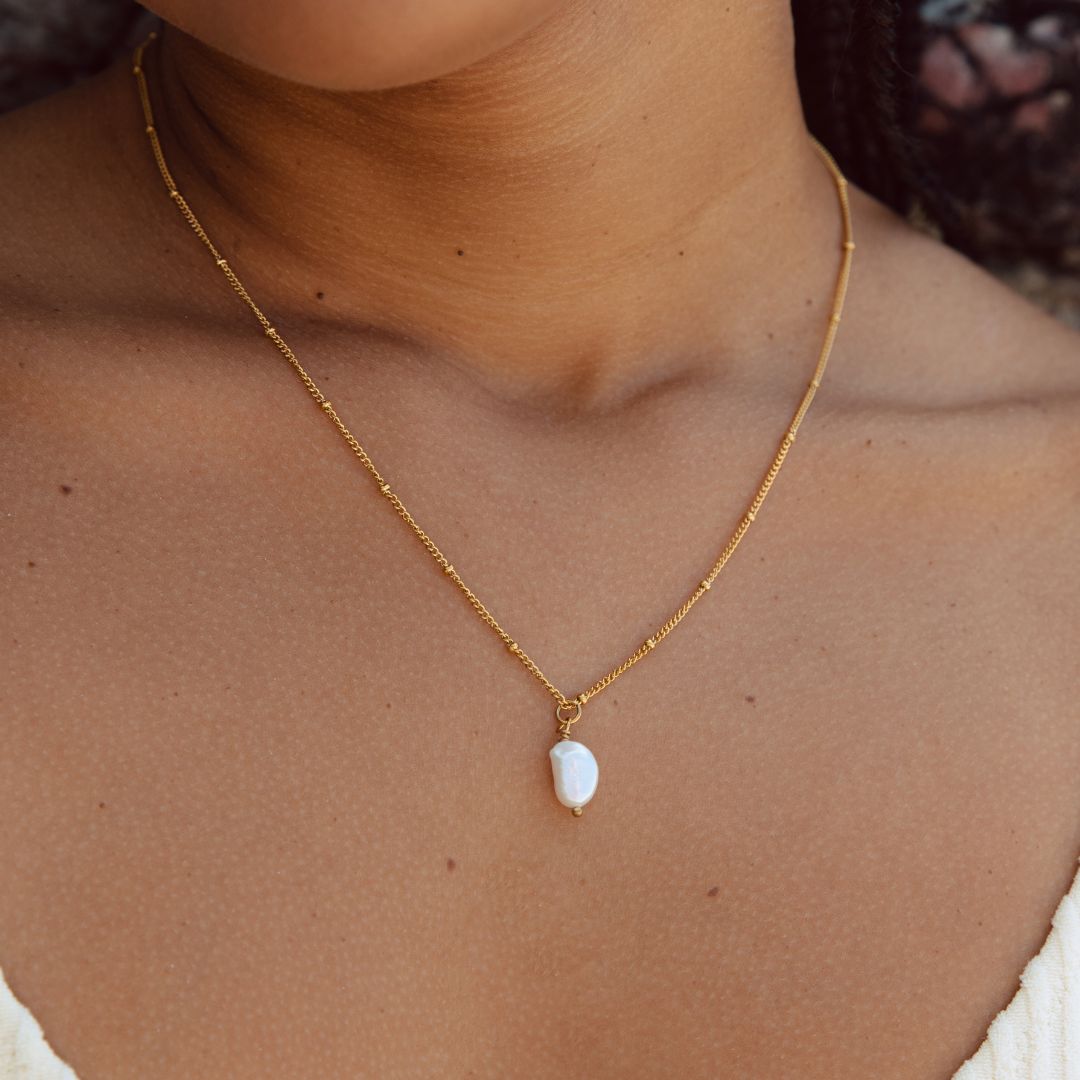

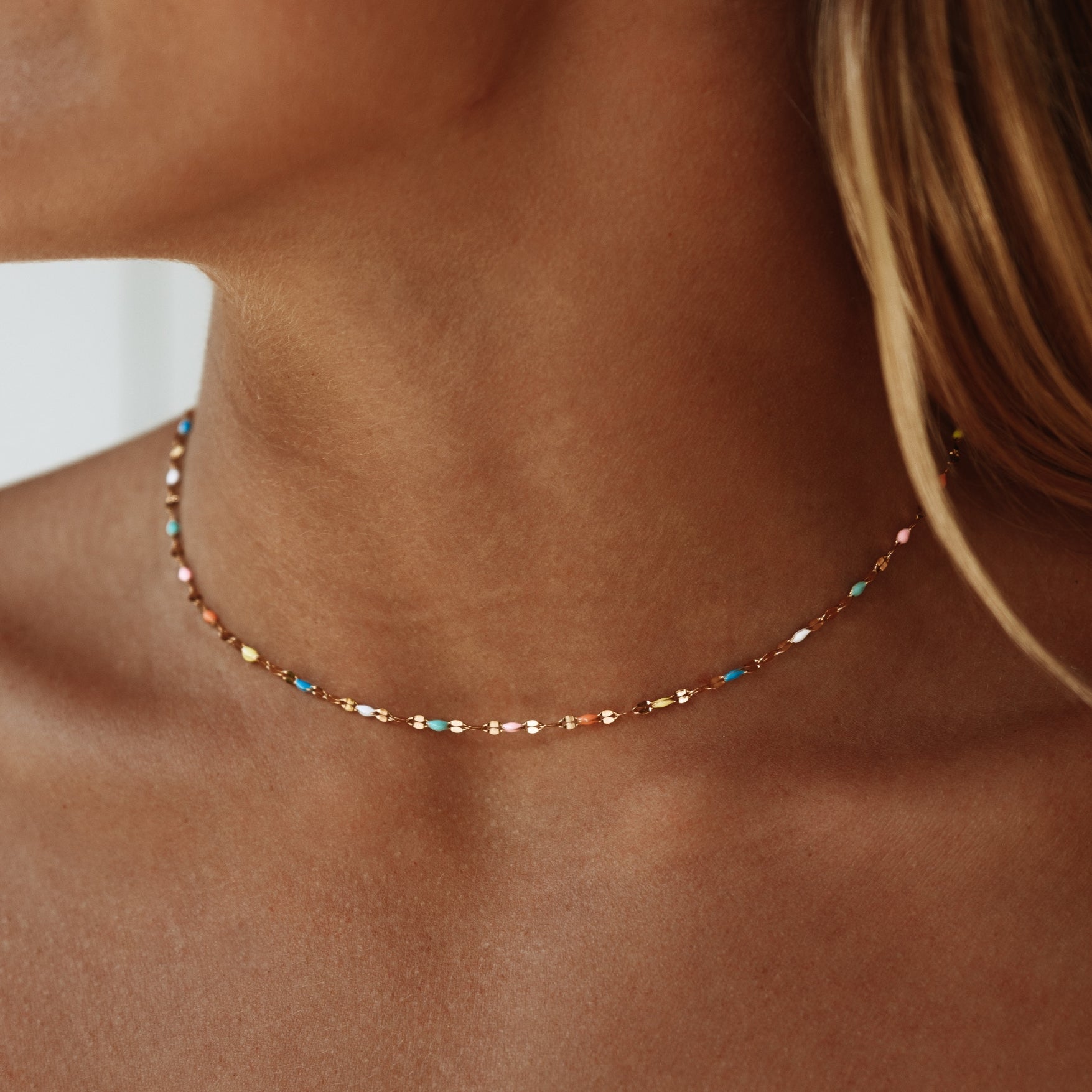


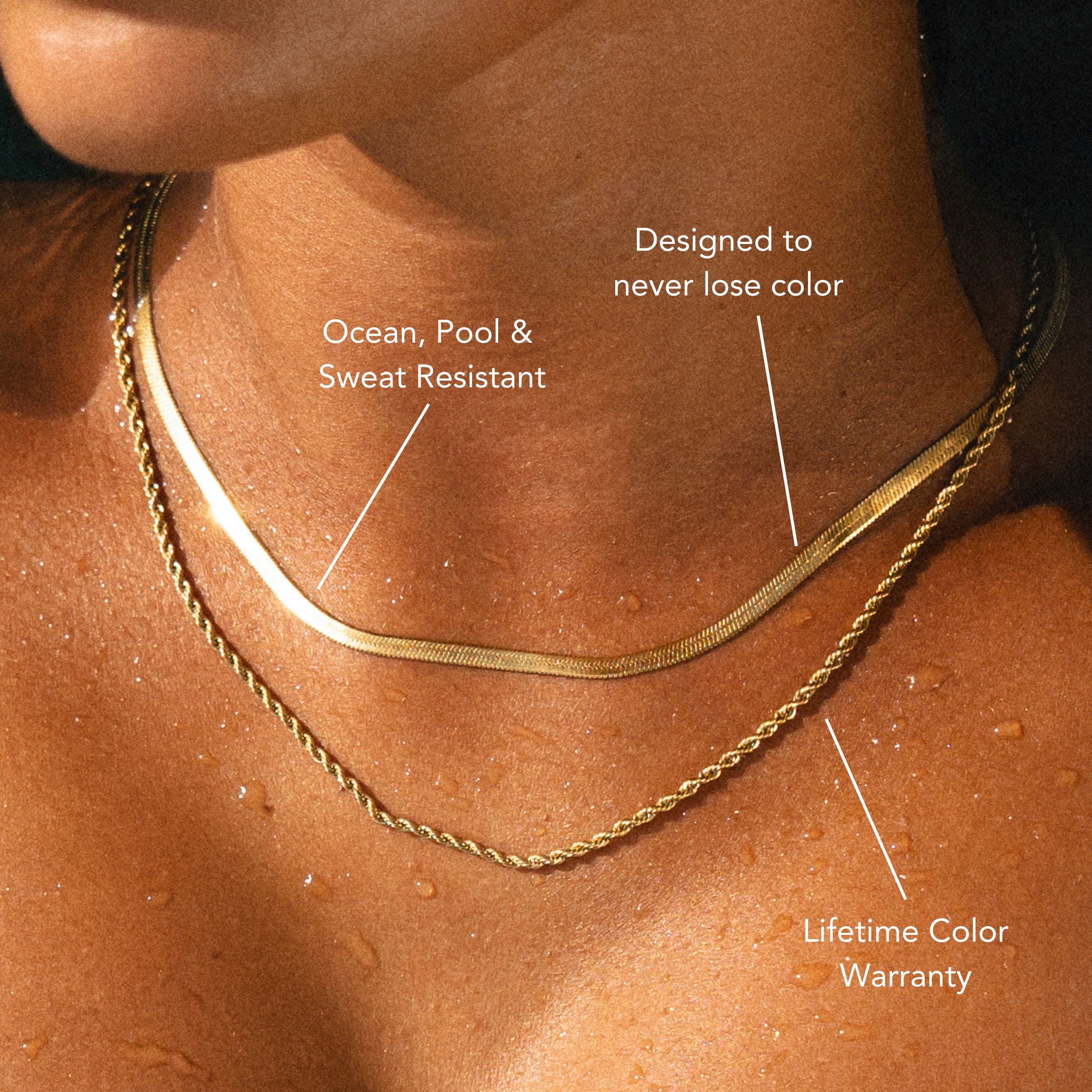
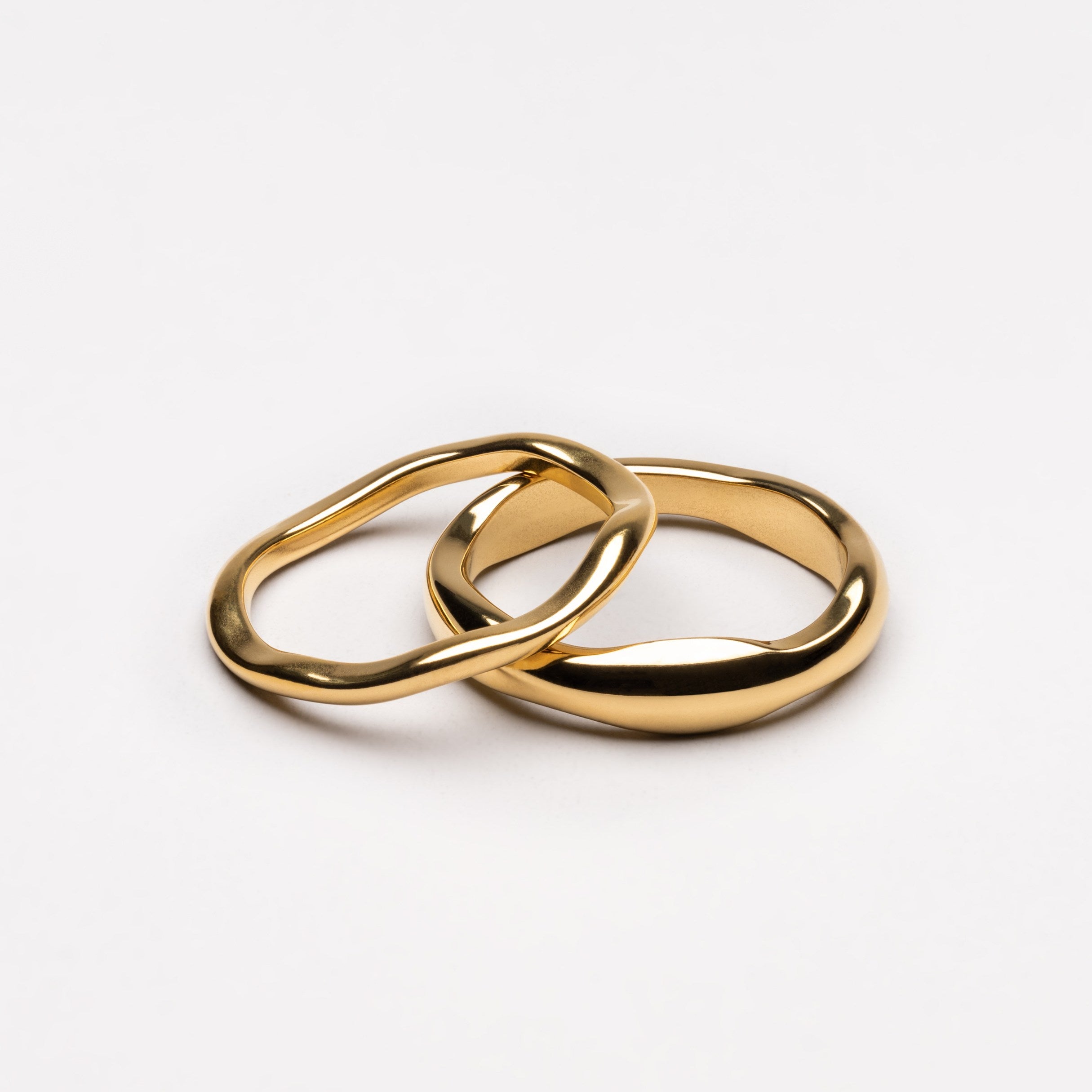
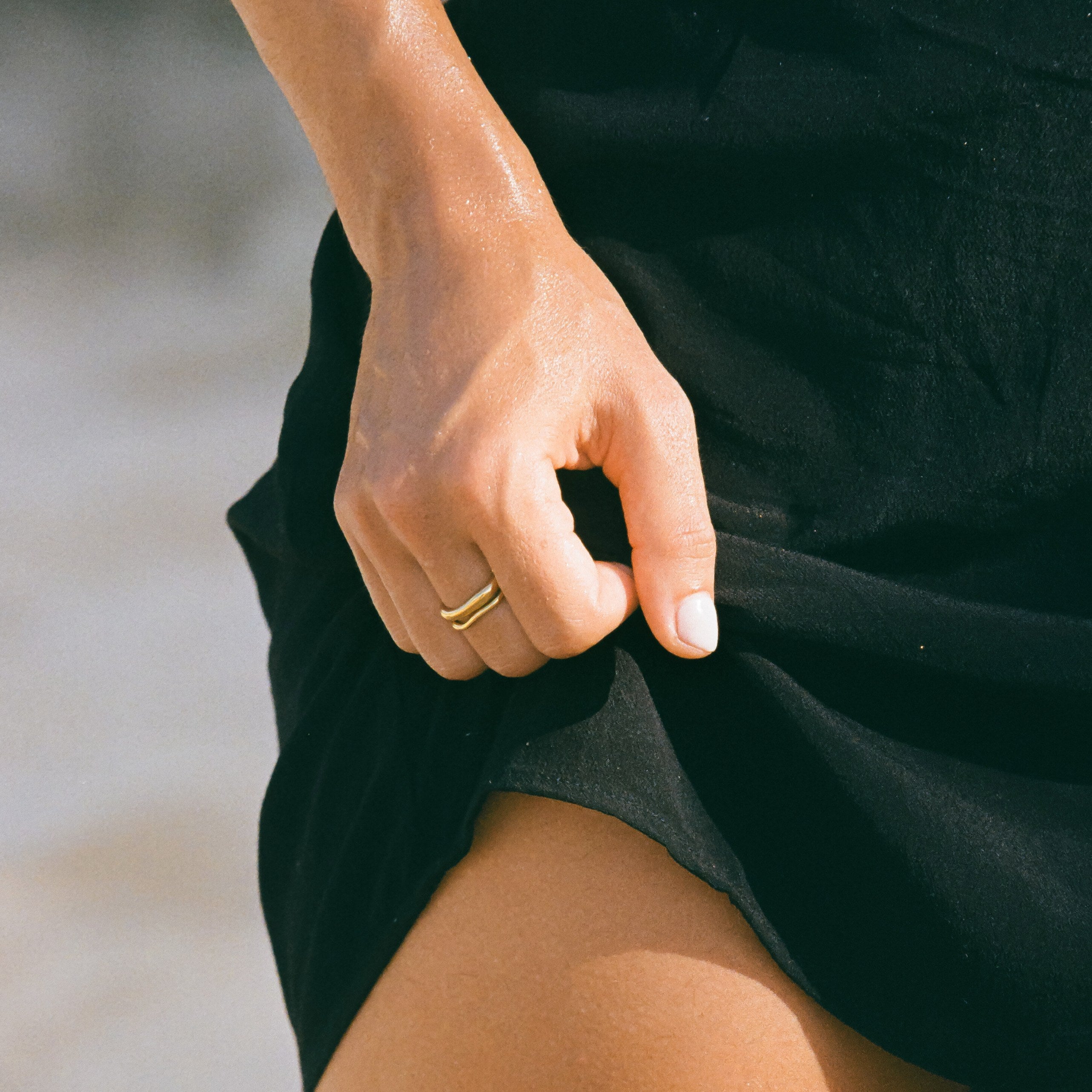

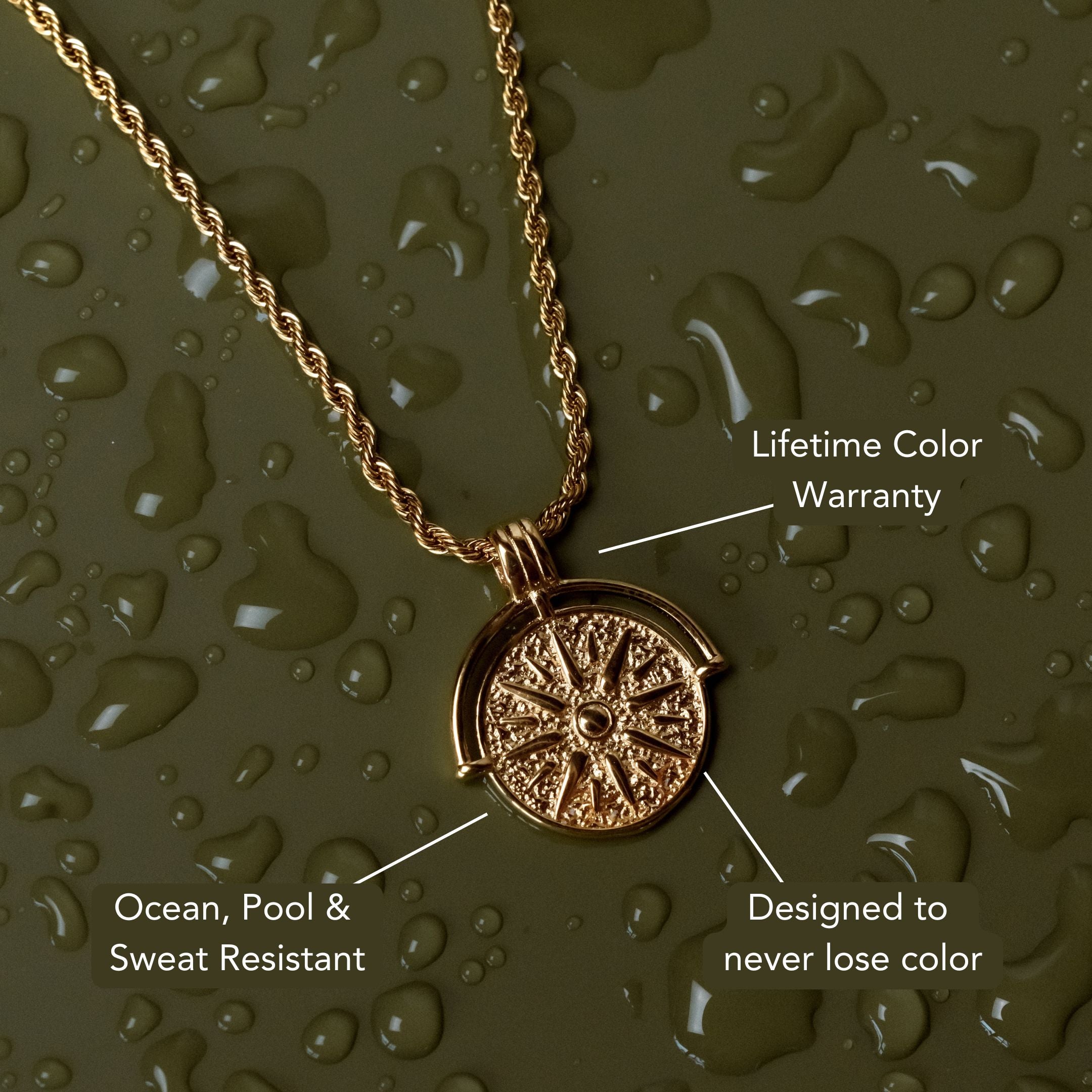
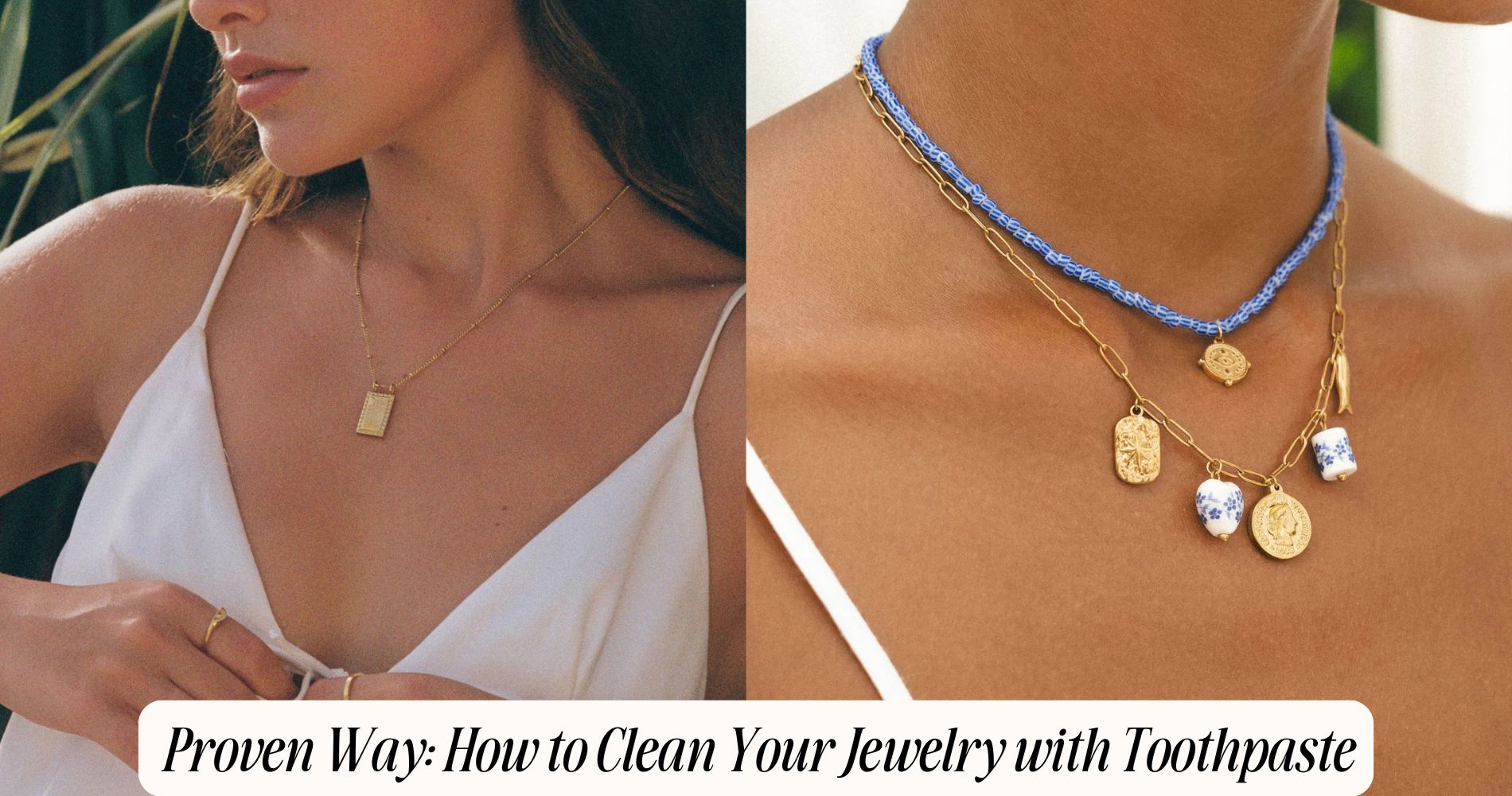
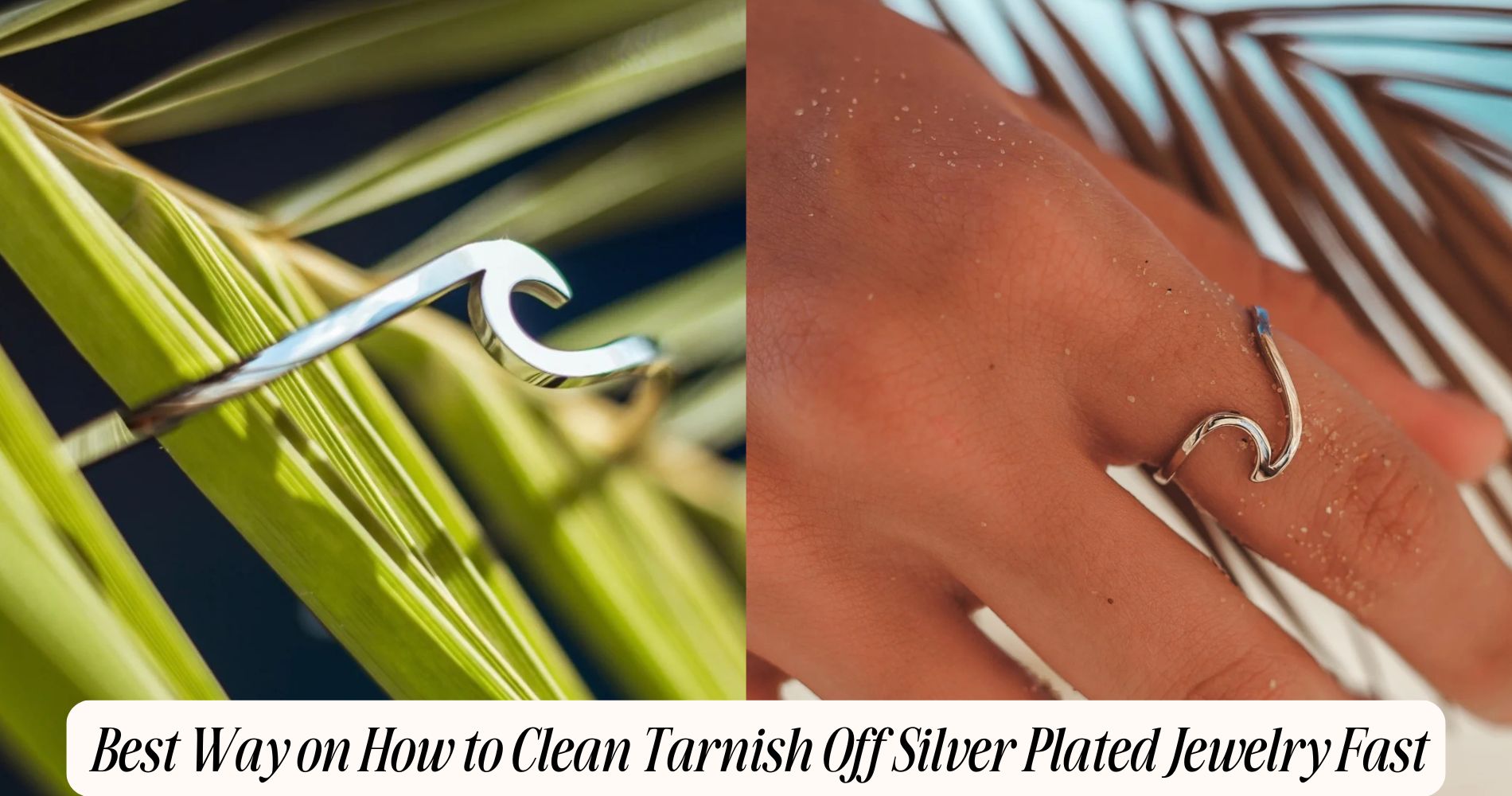




Leave a comment
This site is protected by hCaptcha and the hCaptcha Privacy Policy and Terms of Service apply.